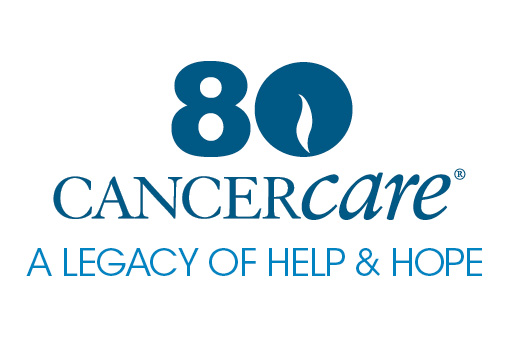Cancer can form when abnormal cells grow out of control along the cervix, the lower part of the uterus that connects the uterus to the vagina. Screening can help detect cervical cancer. This fact sheet covers:
- Types of cervical cancer screening
- When to get screened for cervical cancer
- Cervical cancer risk factors
- How to lower your risk
What Is Cervical Cancer Screening?
The most important screening test for breast cancer is the mammogram. It can detect breast Cervical cancer can be prevented or detected early with routine cervical cancer screening. There are two kinds of tests approved for cervical screening.
Pap test. This test collects cells from the cervix to see if cancer or pre-cancerous cells are present.
HPV test. The HPV tests look for the presence of HPV (human papillomavirus). The presence of HPV may lead to cervical cancer. This can be done with or without the Pap test.
When to Get Screened for Cervical Cancer
Ages 21-29: This age group should begin Pap tests at the age of 21. If results are normal, your doctor may tell you to get screened again in three years.
Ages 30-65: This age group can use the Pap test, HPV test or both. If you use the Pap test, the wait to be screened again is often three years. The wait after an HPV test is usually five years.
Over 65: Your doctor may suggest not continuing with cervical screening at this age if you have had regular screenings with normal results in prior years.
In addition, you should talk to your doctor if you experience any of the following symptoms. Symptoms may not always be related to cervical cancer, but it is important to get screened.
- Abnormal vaginal bleeding
- An unusual discharge from the vagina
- Pain during sex
- Pain in the pelvic region
What Are the Risk Factors of Cervical Cancer?
HPV (human papillomavirus): HPV infection is the most significant risk factor for cervical cancer. HPV is a common sexually transmitted infection. Usually, HPV does not have symptoms, and goes away on its own. Some types of HPV can cause warts. Other types, called high risk types, may put individuals at risk for cervical cancer.
Weakened immune system: Having a weak immune system, or HIV (the virus that cause AIDS), can put individuals at risk for cervical cancer.
Smoking: Smoking cigarettes exposes individuals to cancer-causing chemicals that can put them at higher risk.
Birth control pills: Taking birth control pills for many years may increase the risk of cervical cancer. That risk can decrease once taking these pills have stopped.
Sexual history: Having multiple sexual partners or becoming sexually active at a young age may increase a person’s risk. This is most likely due to increased exposure to HPV.
What Can Be Done to Lower Risk?
Vaccination: The HPV vaccine provides protection against the high-risk types of HPV. The CDC (Centers for Disease Control and Prevention) recommends vaccinations for adolescents at age 11 or 12 years old, but can be started as young as 9 years old. Vaccines are recommended at these ages, even though exposure might occur later in life.
Limiting exposure to HPV: This can be done through the practice of safe sex and limiting the number of sexual partners.
Not smoking: There are many benefits to not smoking, including lowering risk of cervical and other cancers.
